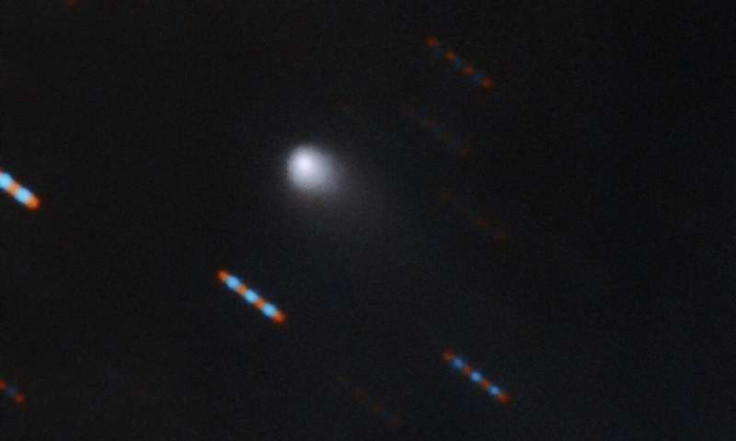Multicolour image of interstellar comet photographed
Gemini Observatory has captured the first-ever multicolour image of an interstellar comet.
A newly discovered comet, from outside the solar system has been doing the rounds at the astronomical community. The object has been designated C/2019 Q4, is inbound towards the sun and will pass Mars and Earth. It will not come in any contact with Earth but pass it at a distance of 300 million kilometers.
It was first detected on September 9-10 by the Gemini Laboratory using the Gemini Multi-Object Spectrograph on the Gemini North Telescope, located at Hawaii's Maunakea island.
Andrew Stephens of Gemini Observatory who coordinated the observations, stated: "This image was possible because of Gemini's ability to rapidly adjust observations and observe objects like this, which have very short windows of visibility. However, we really had to scramble for this one since we got the final details at 3:00 am and were observing it by 4:45!"
The object had a very pronounced tail, which indicates outgassing i.e. release of gases in its path. This makes it fit in the definition of a cometary object. This is the first time that such an object is showing outgassing in an obvious manner and that it has been photographed as such. The image has been made using a combination of multiple images. Multiple images were combined to form a single image.
However, don't expect it to be visible in the night sky.
C/2019 Q4 is heading towards the sun and it won't be possible to observe it because of the glow of the twilight.
The hyperbolic path of the comet has been assessed and scientists will continue to track it. According to the research paper, more favourable observing conditions should be expected over the next few months.
The comet is currently 260 million miles from the sun and is expected to reach at its closest point – 190 million miles from the star on December 8, 2019.
It will then be observable only from professional telescopes until April 2020.

© Copyright IBTimes 2024. All rights reserved.





